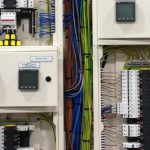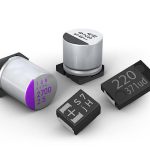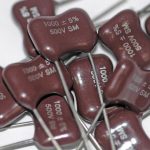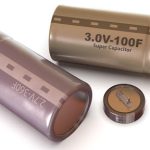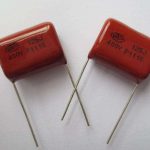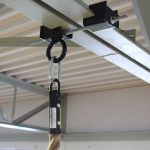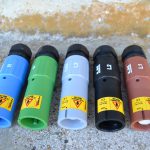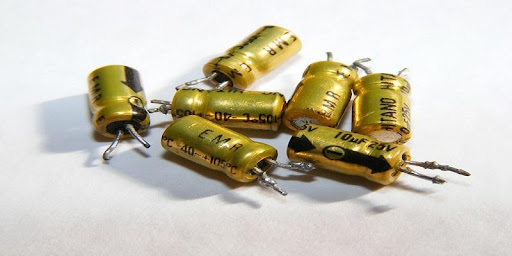
Aluminium Capacitors are also known as aluminium electrolytic capacitors that use two electrodes. One electrode used by these capacitors is aluminium metal covered with a very slim layer of aluminium oxide as the dielectric. The electrolyte is used as its second electrode. These capacitors are commonly used in power supplies and DC-DC converters to buffer and smoothen rectified DC voltages in many electronic devices. They are also utilized in industrial power supplies.
Aluminium Capacitors are polarized, mainly because of their anodization mechanism. They can only function with DC voltage that is supplied with the correct polarity. Operating these capacitors using the wrong polarity of AC voltage can lead to the destruction of components or short circuits. Exceptions can be made in the case of bipolar aluminium electrolytic capacitors that feature a back-to-back configuration of two anodes and can be used in AC applications.
Construction of Aluminium Capacitors
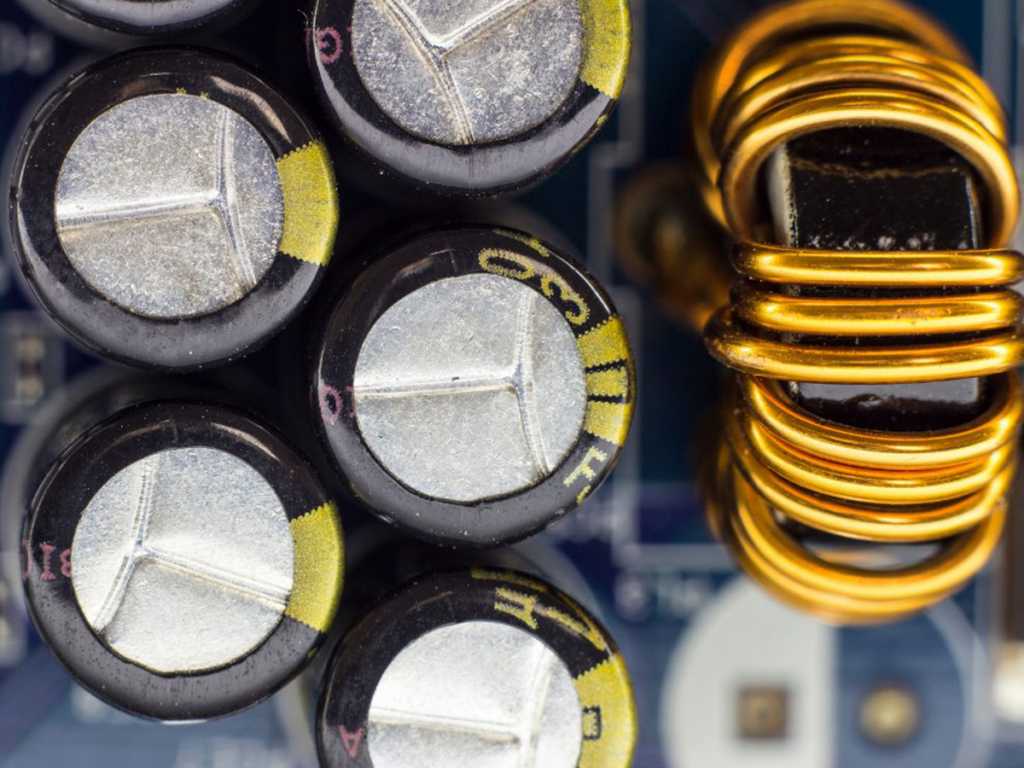
Aluminium Capacitors are the kind of electrolytic capacitors that feature an anode electrode constructed from pure aluminium foil and consist of an etched surface. When anodization occurs, the aluminium creates a sensitive insulating layer of aluminium oxide that can function as the dielectric. The oxide layer then features a rough surface that can be covered up using a non-solid electrolyte, which has the principal function of performing as the second electrode of the capacitor. After this, a second electrical connection to the negative terminal of the capacitor is created with the help of a second aluminium foil known as a cathode foil. When the capacity of electrolytic capacitors increases, the voltage rating will decrease because of the utilization of slimmer dielectrics.
Types of Aluminium Capacitors
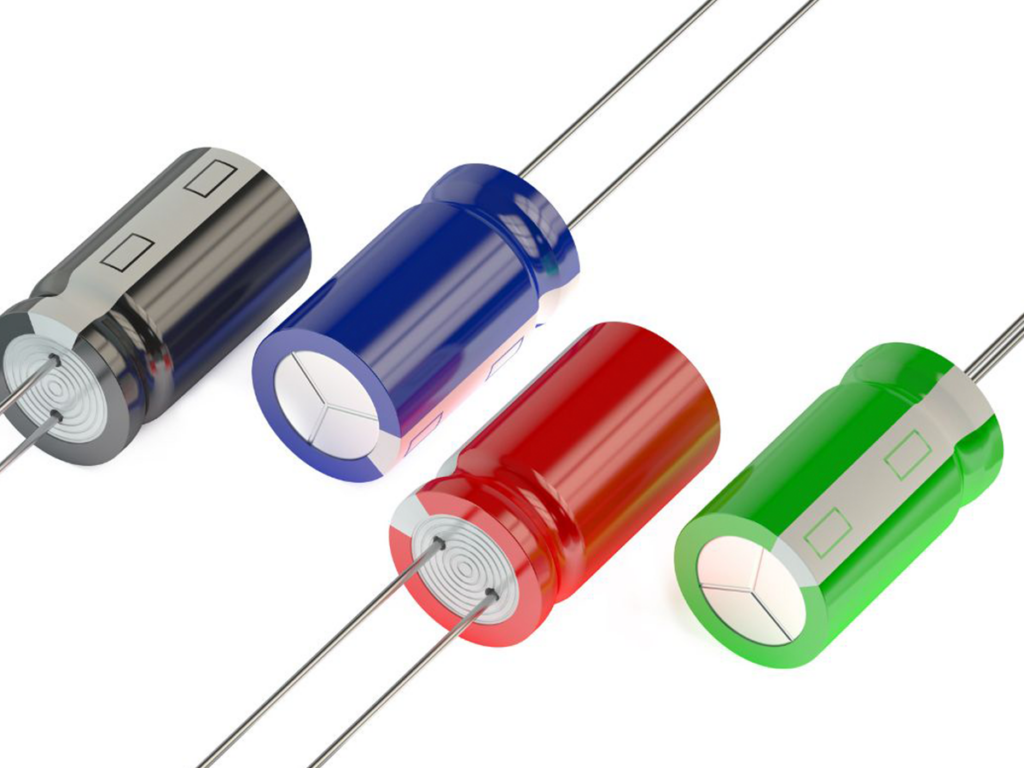
According to the type of electrolyte, the aluminium capacitors are divided into three families of capacitors:
- Non-solid Aluminium Electrolytic Capacitors
- solid manganese dioxide Aluminium electrolytic capacitors
- solid polymer aluminium electrolytic capacitors
Out of these types, the non-solid capacitors are the most inexpensive ones, and they are available in a wide variety of sizes, voltage values, and capacitance. They have capacitance values ranging from 0.1 µF up to 2,700,000 µF and have a voltage rating ranging from 4 V up to 630 V. The dielectric layer can be healed or re-formed by the dielectric layer through the utilization of liquid electrolyte supplying oxygen. However, when a temperature-dependent drying out procedure is used, it can evaporate, which causes the electric parameters drifting, and reduces the service life of the capacitors.
Electrolytic Capacitor Early Development
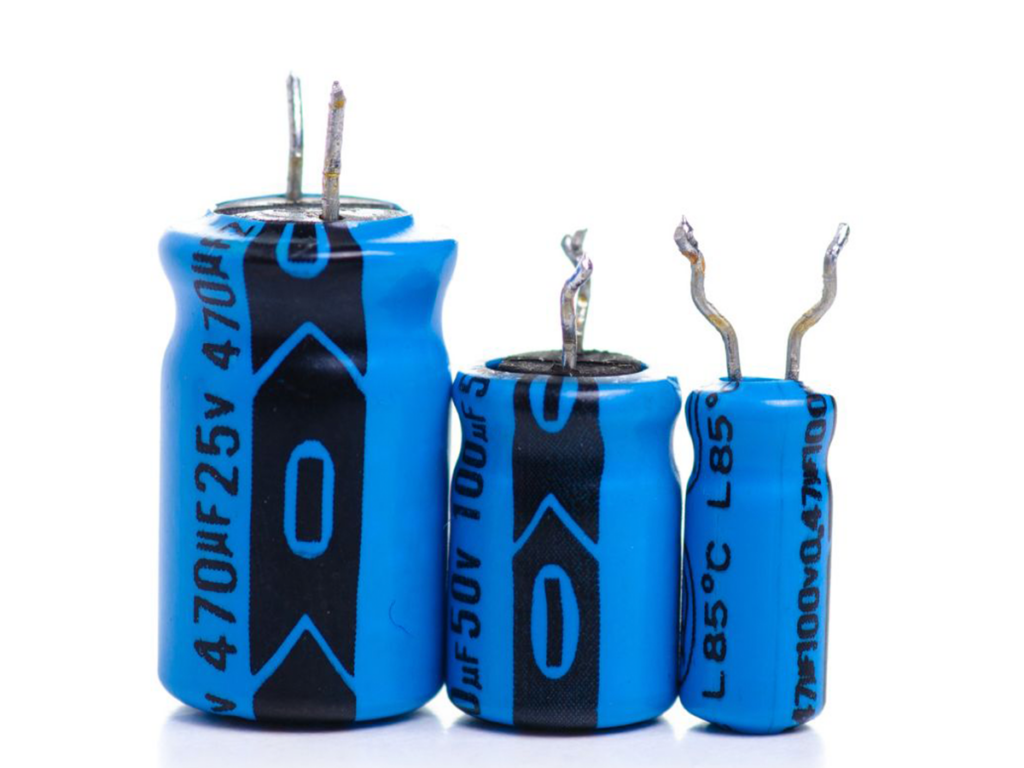
The electrolytic capacitor has been in need for a long time. Its initial turn of events and history can be followed back to the good old days or radio around when the main transmissions of entertainment were being made. At that point, wireless remote sets were pricey, and they needed to run from batteries. With the improvement of the indirectly heated valve or vacuum tube, it became conceivable to utilize AC mains power.
While it was okay for the heaters to run from an AC supply, the anode supply should have been rectified. Smoothed to forestall mains murmur showing up on the sound. To have the option to utilize a capacitor that was not excessively huge, Julius Lilienfield. Who was vigorously associated with creating remote sets for homegrown use, had the option to foster the electrolytic capacitor, permitting a part with adequately high capacitance yet sensible size to be utilized in the remote arrangements of the day.
Electrolytic Capacitor Technology
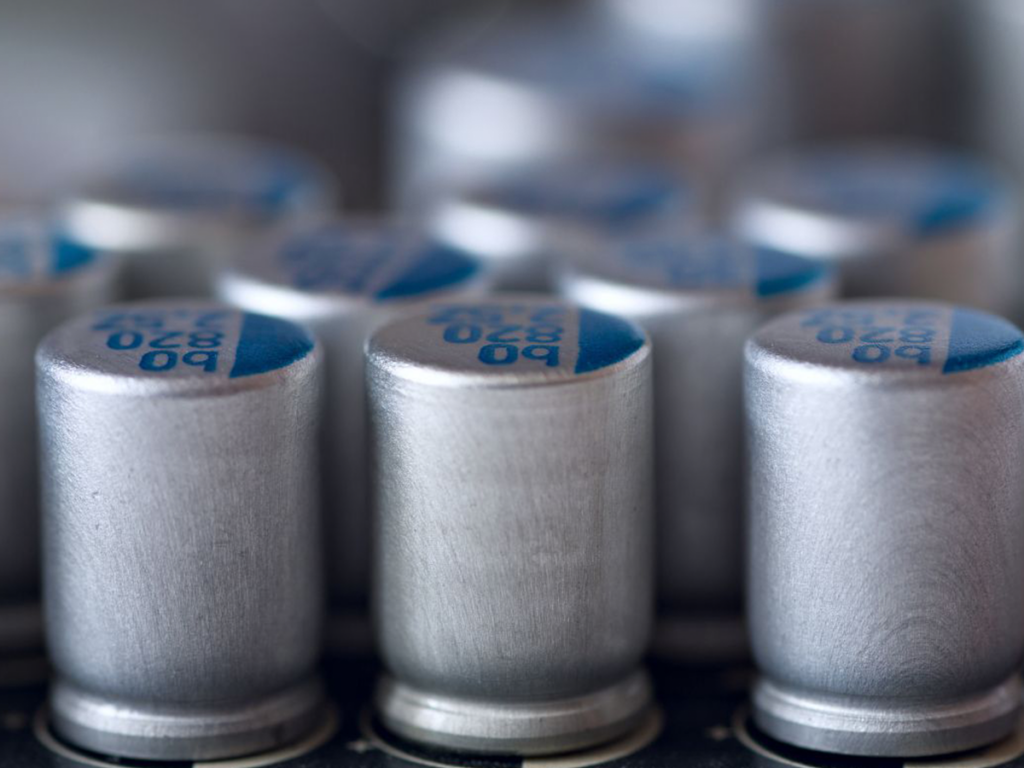
As the name demonstrates, the electrolytic capacitor utilizes an electrolyte (an ionic leading fluid) as one of its plates to accomplish a more significant capacitance for every unit volume than different kinds.
The capacitors can expand the capacitance in various ways:
- Expanding the dielectric constant
- Expanding the anode surface region
- Diminishing the distance between the cathodes
Electrolytic capacitors utilize the high dielectric constant of the aluminium oxide layer on the capacitor plate. Which midpoints somewhere in the range of 7 and 8. This is more prominent than different dielectrics. For example, mylar which has a dielectric constant of 3 and mica of around 6 – 8.
Additionally, the effective surface area with capacitors is increased by a value of up to 120. Which makes the surface of the high-purity aluminium rough. This is one of the main ways to produce high levels of capacitance.
Applications of Aluminium Capacitors
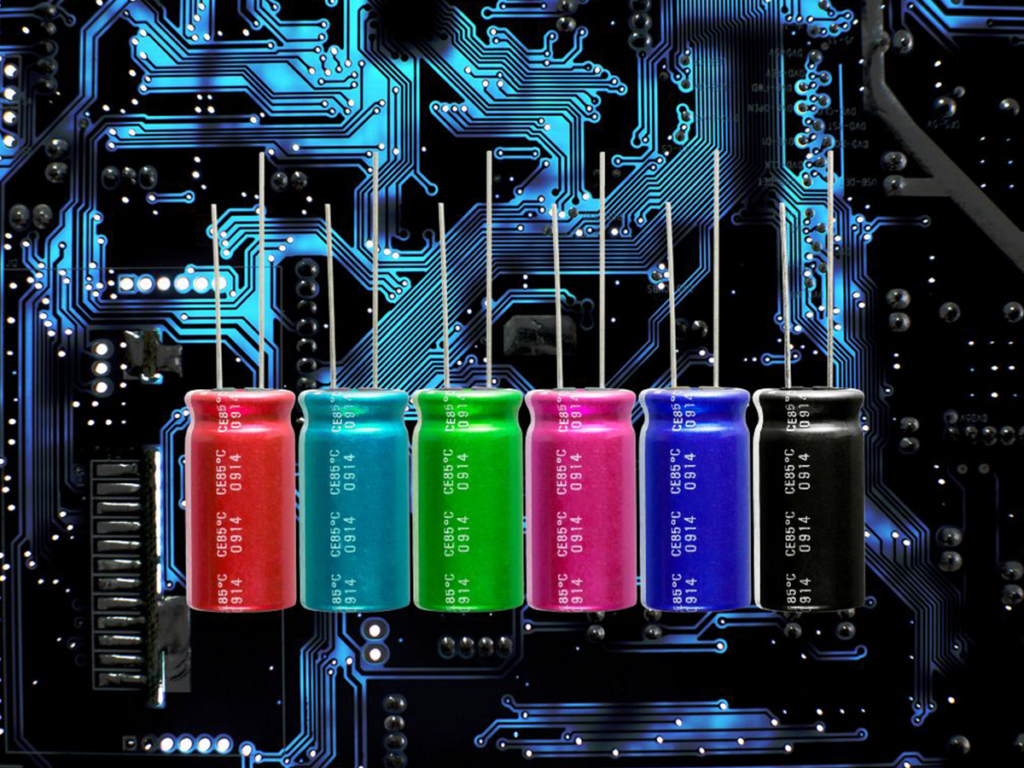
These capacitors commonly utilized in power supplies and DC-DC converters to buffer and smoothen the rectified voltages. This is useful in many electrical devices, like the drivers, converters utilized in wind power plants, and inverters for photovoltaics. Some of these Capacitors are also used for energy storage, like photoflash signal coupling applications in audio equipment.






